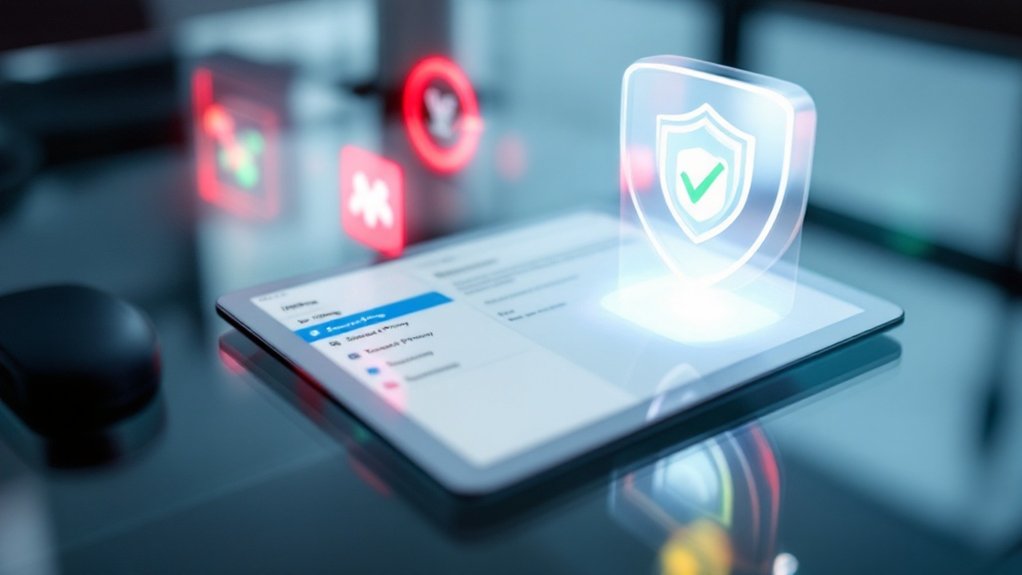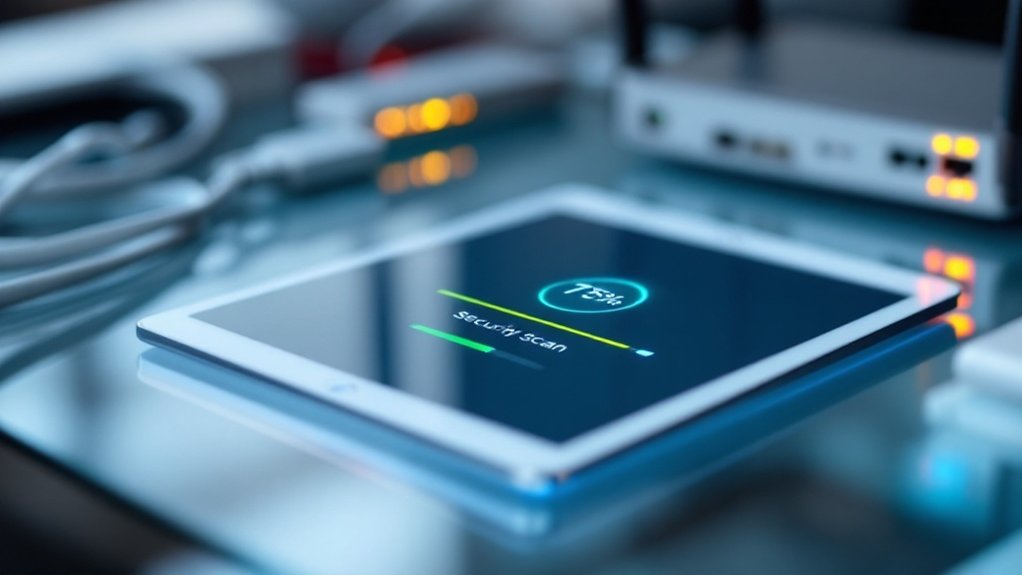Removing viruses from an iPad involves a systematic process starting with identifying warning signs like unexpected pop-ups, slower performance, and unusual battery drain. Users should update iOS immediately, clear browser data, and remove suspicious applications not obtained through the App Store. If issues persist, restoring the device from a clean backup predating the infection remains crucial. Implementing preventive measures, including regular system updates and verified app downloads, helps maintain long-term device security and protection against future threats.

Detecting and eliminating viruses from an iPad requires a systematic approach to identify and remove malicious software that may have infiltrated the device. Users should remain vigilant for common warning signs, including unexpected pop-up advertisements, noticeably slower performance, unusual battery drain, unfamiliar applications appearing without installation, increased data usage, and modifications to default browser settings without user consent.
The initial step in virus removal involves updating the device’s iOS operating system through Settings > General > Software Update, as this guarantees the latest security patches are installed. Clear browsing history in Safari can help identify specific websites that may be linked to malware infections.
Following the system update, users must clear their browser data by accessing Safari settings and selecting “Clear History and Website Data,” which removes potentially harmful cached files and suspicious tracking cookies that may compromise device security. Popular solutions like Avast Free Antivirus offer additional protection against malware while maintaining system performance.
Thorough examination and removal of suspicious applications represent vital steps in the virus elimination process. Users should review their installed applications, paying particular attention to unfamiliar or recently installed apps, especially those not obtained through the official App Store. Avoiding device jailbreaking is essential as it maintains the integrity of Apple’s built-in security features.
Long-pressing an app icon allows the removal option, permitting users to delete potentially harmful software from their device.
If basic removal steps prove insufficient, users can restore their iPad from a clean backup predating the infection. This process involves accessing Settings > General > Reset and selecting “Erase All Content and Settings” before restoring from a verified backup through iCloud or iTunes.
In cases where malware proves particularly persistent, a complete factory reset may become necessary, though this represents a last-resort option because of its extensive data removal.
To prevent future infections, users must implement strong security practices, including exclusive use of the official App Store for application downloads, regular system updates, and cautious interaction with links and pop-ups.
Additional protective measures include utilizing VPN services when accessing public Wi-Fi networks and considering the installation of reputable mobile security software. These preventive strategies, combined with vigilant monitoring of device behavior, greatly reduce the risk of subsequent virus infections.
Frequently Asked Questions
Can Ipads Get Viruses From Public Wifi Networks?
Although iPads can potentially be compromised through public Wi-Fi networks, they are typically less vulnerable than other devices because of iOS’s vigorous security architecture.
The primary risks include man-in-the-middle attacks, data interception, and malicious hotspots that mimic legitimate networks. Users connecting to public Wi-Fi may expose themselves to packet sniffing, where cybercriminals intercept unencrypted data transmissions.
Security experts recommend using VPNs and avoiding sensitive transactions on public networks.
How Often Should I Scan My Ipad for Potential Viruses?
Security experts recommend scanning an iPad monthly under normal usage conditions, with increased frequency to weekly for jailbroken devices.
Additional scans should be performed after installing new applications, system updates, or accessing potentially suspicious websites.
Users who notice performance issues, unexpected pop-ups, unusual battery drain, or abnormal network activity should conduct immediate scans.
For ideal protection, automated scanning through reputable security apps can supplement these manual checks.
Which Antivirus Apps Are Officially Approved by Apple?
Apple does not officially approve or endorse any antivirus apps for iOS or iPadOS devices, as the operating system’s architecture makes traditional antivirus software unnecessary.
Instead, Apple highlights its built-in security features and recommends alternative security measures, including content blockers for Safari, VPN applications, and password managers.
The company maintains that regular system updates, combined with iOS’s native security protocols, provide sufficient protection against malware threats.
Do Ipad Viruses Drain Battery Faster Than Normal?
iPad viruses can considerably accelerate battery drain through malicious background processes and unauthorized data transmission.
Research indicates infected devices may experience 20-30% faster battery depletion compared to normal usage patterns. The malware continuously runs resource-intensive operations, utilizing excessive CPU power and network connectivity.
Unlike normal battery degradation, virus-induced drain occurs suddenly and is often accompanied by unexpected device heating and performance issues.
Can Iphone Viruses Spread to Ipads Through Icloud Synchronization?
Although viruses cannot directly spread through iCloud’s encrypted infrastructure, malware-infected files and malicious apps synced between devices can potentially transmit security threats.
Apple’s end-to-end encryption and strict security protocols prevent traditional virus transmission through cloud services; nevertheless, compromised Apple ID credentials or jailbroken devices may allow malware to propagate across synced iOS devices.
Security experts recommend enabling two-factor authentication and Advanced Data Protection to mitigate these risks.









